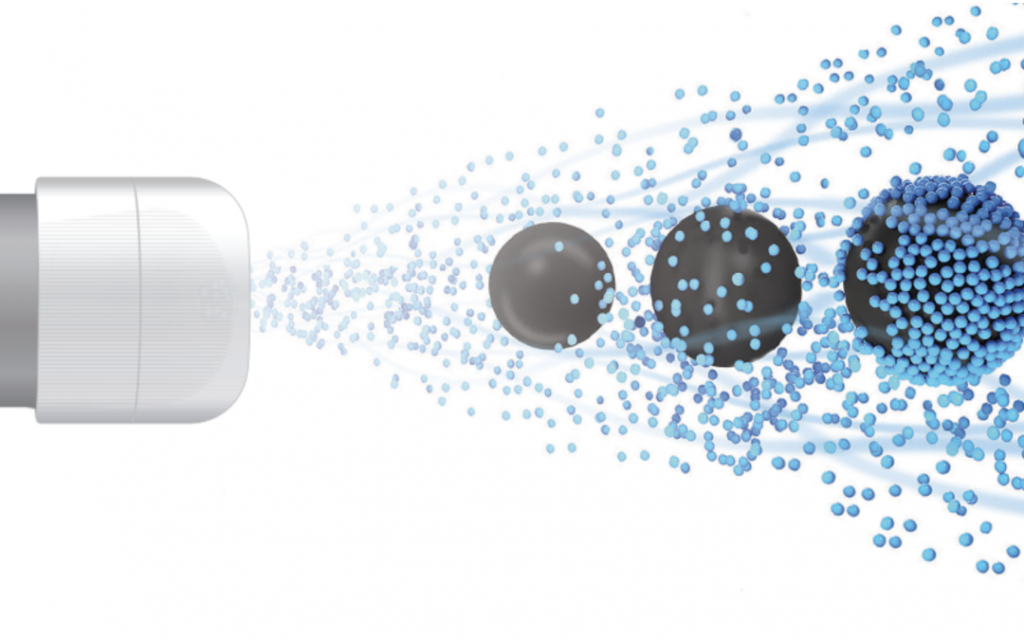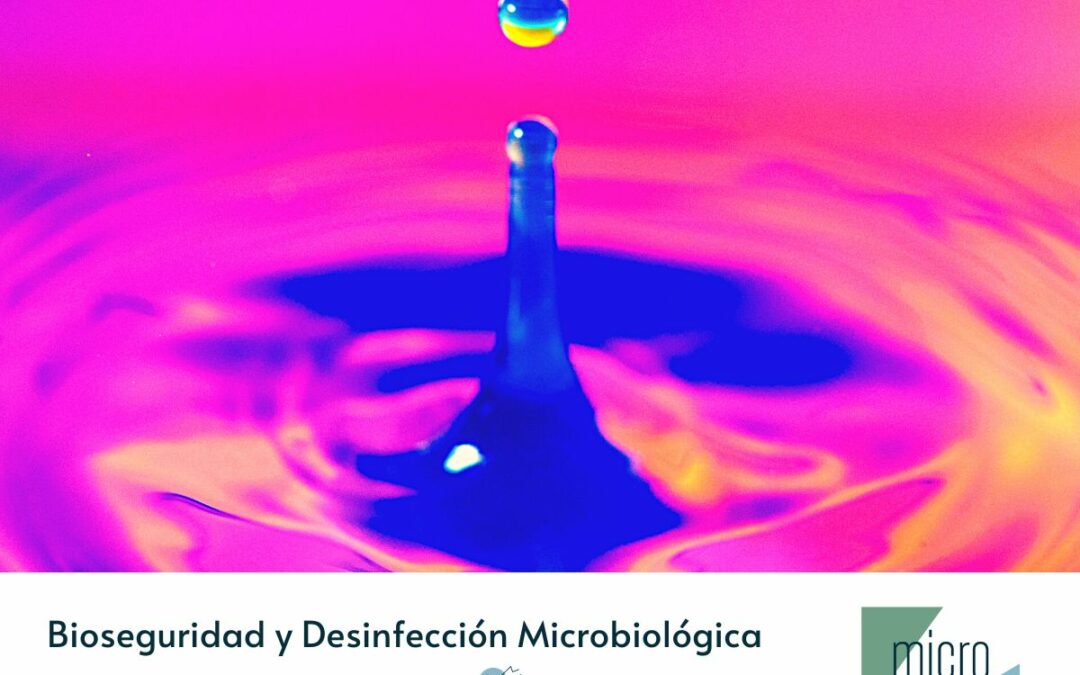Entre sus muchas otras funciones, se encuentra la del control y prevención, la del diseño de protocolos de actuación y la aplicación de sustancias biocidas, desinfectantes y antisépticos para que esas zonas o espacios de trabajo como laboratorios, salas blancas, etc.,
Pero, también oficinas, zonas de afluencia masiva o transporte público, centros de ocio, instalaciones deportivas, transporte animal y granjas, entre muchos otros que se podrían citar aquí, sean espacios microbiológicamente seguros.
La mayoría de estas actividades cuentan con su propia regulación, pero en materia de limpieza y desinfección, las exigencias son mayores que para cualquier otra actividad.
Por lo general, bien por desconocimiento o prácticas poco profesionales, se ha tendido a hablar de desinfección de manera general, dando por hecho que no existen diferencias entre desinfecciones.
También podríamos añadir que hasta la irrupción de la pandemia por coranavirus SARS-CoV-2 la sociedad y muchos profesionales no tomaron conciencia de la gravedad de estas cuestiones.
Y, hasta entonces, las labores de desinfección, la aplicación de desinfectantes y antisépticos recaía en equipos de limpieza convencionales. Pero tanto su tipología como aplicación es compleja cuando se trata de la bioseguridad de espacios y seres humanos.
Índice de contenidos
Principales diferencias entre desinfectantes y antisépticos
Los desinfectantes son aquellas sustancias que se usan para destruir gérmenes, como virus, bacterias y otros microbios que causan infecciones y enfermedades.
Entre las sustancias habituales empleadas como barrera de protección frente a patógenos encontramos el antiséptico y los desinfectantes comunes. Y cabe prestar atención a sus diferencias y recomendaciones de uso.
Mientas, el antiséptico es una sustancia que inhibe el crecimiento o destruye microorganismos sobre tejido vivo. El desinfectante por su parte es un compuesto que ejerce la misma acción (inhibir el crecimiento o destruir microorganismos) sobre superficies u objetos inanimados.
Además de lo anterior, la diferencia entre antiséptico y desinfectante depende esencialmente de la concentración empleada:
- En dosis bajas, una sustancia puede comportarse como antiséptico,
- En dosis más altas, que resultarían lesivas para los tejidos, se empleará como desinfectante.
Dentro de los antisépticos más utilizados se encuentran las soluciones jabonosas empleadas en productos de limpieza y el peróxido de hidrogeno (agua oxigenada al 3%).
Cómo actuar en espacios de control biológico alto
Sin embargo, los desinfectantes y antisépticos empleados en espacios donde el control microbiológico ha de ser alto, son soluciones muy específicas, de amplio espectro, que requieren formación y conocimientos concretos sobre manipulación y diluciones.
Son, por tanto, desinfectantes controlados por las autoridades sanitarias, con los que logramos las condiciones asépticas exigidas por la ley para diferentes espacios especializados:
- Hospitales
- Laboratorios
- Salas blancas
- Clínicas
- Quirófanos
- Centros de investigación
- etc.
Para el uso de y aplicación de estas sustancias es necesario contar con un plan y un protocolo específico y detallado, así como optar por aquella tecnología que proporcione control y seguridad sobre aplicaciones y vertidos.
Ese el caso, por ejemplo, de la micro-pulverización por inducción electrostática avanzada, que sigue siendo una de las tecnologías imbatibles en materia de desinfección de alto nivel por su precisión, poder de cobertura y facilidad o rapidez de uso y aplicación.
Es decir, una tecnología que en conjunción con los biocidas de alto espectro consigue el estándar microbiológico de calidad en zonas hospitalarias o consideradas de riesgo.
Y esta es una diferencia crucial cuando hablamos de desinfecciones profesionales o de alto nivel.
Desinfección con biocidas de amplio espectro

Los productos biocidas empleados por empresas que como la nuestra, quedan inscritas y registradas en un registro oficial de control sobre actividad de desinfección microbiológica –Registro Oficial de Establecimientos y Servicios Biocidas (ROESB)-, actúan a nivel de la membrana celular de los microorganismos; la penetran y eliminan lo que imposibilita la viabilidad de supervivencia del microorganismo.
Un biocida de amplio espectro ha de manejarse con cuidado y respeto. Un biocida de alto espectro es capaz de destruir una amplia gama de microorganismos patógenos: bacterias, virus y hongos. Por el contrario, son sustancias peligrosas tanto para los seres vivos como para el medioambiente.
Sin embargo, su uso es recomendable por sinónimo de garantía y, por eso, son los productos adecuados. Por tanto, son los únicos con los que tener la certeza de desinfectar de manera eficiente y controlada en un doble sentido: nos permiten salvaguardar las condiciones salubres de trabajo en zonas de alto riesgo bacteriológico y, al mismo tiempo, los únicos productos efectivos contra la amenaza microbiológica.
Consciente de esta realidad, en Microclean conjugamos el uso de estos productos con tecnologías cuyo impacto medioambiental es mínimo como la micro-pulverización por inducción electrostática avanzada que emplea la mínima cantidad maximizando los resultados.
Microclean-Solutions, expertos en Bioseguridad Ambiental y Desinfección Microbiológica. Más de 6 años de experiencia librando de gérmenes patógenos, bacterias y virus todo tipo de espacios y superficies.


